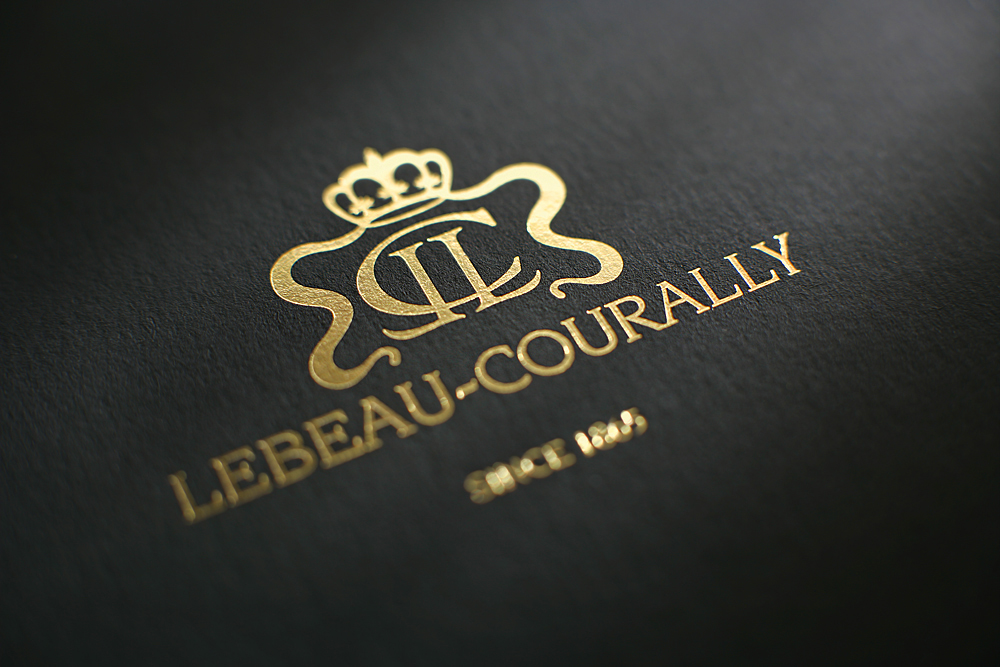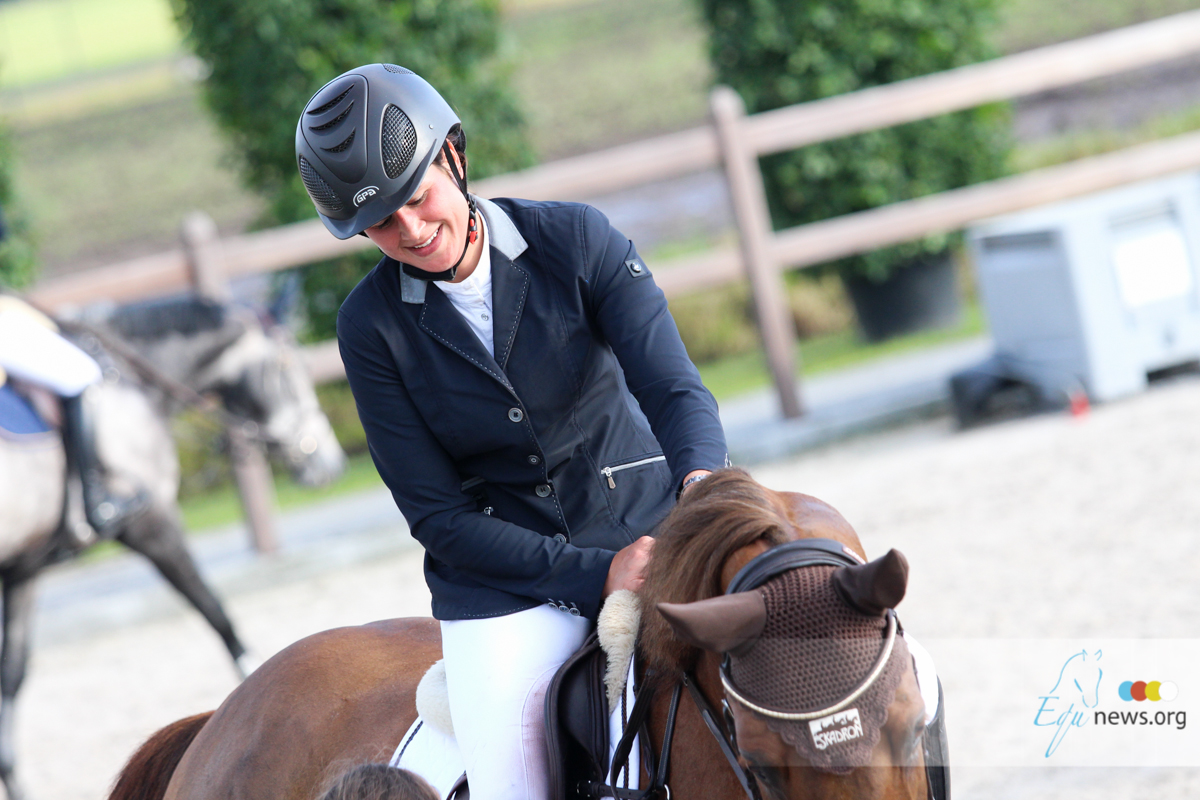
The Scotssdale Water Bend Wash has been selected for being the 8th world wonder, putting in place a horse-sculpture art for nomintations. This project is located on Indian Bend Road at a portion of the Indian Bend Wash where two branches of drainage meet and funnel. Site improvements facilitate the flow of floodwater from a golf course to the north down a concrete “drop structure,” under a new roadway bridge, and into a basin that controls the water’s progression into an existing natural mesquite grove and lake. Floodwaters continue through Scottsdale’s greenbelt of parks and ultimately reach the Salt River.
The concept for Water Mark was to create an artwork that gives distinct forms to the engineering elements of the Indian Bend Road Improvements, and comes alive during dramatic flood events. The art entwines natural phenomena and cultural narratives through interrelated focal points in the drop structure on the north side of the bridge, and basin on the south side. Inspiration comes from the history of Arabian horses in the McCormick Ranch area, water level measuring rods that are typically used in flood basins, and natural desert wash conditions of Indian Bend Wash.
A series of five 14’-high “horse gargoyle” sculptures grace the drop structure atop stepped concrete plinths directed to the roadway. The aluminum material and faceted forms of the sculptures allude to the history of cars stuck in floodwaters prior to the roadway improvements. Each horse has a different pose, creating a simulation of running as one passes by. During floods, water flows out the horses’ mouths, while floodwaters flow over the drop structure around the plinths. At night, the sculptures are up-lit with blue and yellow lights, representing water and the sun.

The architectural stadia walls transition into the more naturalistic “flow berms,” constructed of mortared stone with linear planters of muhly grass bisecting them at the top. The highest and widest points of the berms, at the ends, appear as islands during extra high floods. Similarly, a triangular “delta planter” in the center of the basin becomes an island of ironwood trees in even the smallest floods. The delta planter and flow berms both serve as “armor” protecting the desert plants during storm events. The naturalistic plants and stone on the south side of the bridge transition into a natural mesquite grove and attract many types of birds.
The bridge facades, on both the north and south sides, pick up on the aesthetic of the stadia walls and gargoyle plinths. Dark charcoal concrete is patterned with wide bands of red tile, and columns are accented with a red tile design inspired by historic stadia markers used for surveying and measuring. The rich palette of color and pattern that characterizes the site is accented with the metallic horse gargoyles, soft plant materials, and vivid stone colors and textures.
© equnews.com/ Haddad - photo: Haddad
 The Scotssdale Water Bend Wash has been selected for being the 8th world wonder, putting in place a horse-sculpture art for nomintations. This project is located on Indian Bend Road at a portion of the Indian Bend Wash where two branches of drainage meet and funnel. Site improvements facilitate the flow of floodwater from a golf course to the north down a concrete “drop structure,” under a new roadway bridge, and into a basin that controls the water’s progression into an existing natural mesquite grove and lake. Floodwaters continue through Scottsdale’s greenbelt of parks and ultimately reach the Salt River.
The concept for Water Mark was to create an artwork that gives distinct forms to the engineering elements of the Indian Bend Road Improvements, and comes alive during dramatic flood events. The art entwines natural phenomena and cultural narratives through interrelated focal points in the drop structure on the north side of the bridge, and basin on the south side. Inspiration comes from the history of Arabian horses in the McCormick Ranch area, water level measuring rods that are typically used in flood basins, and natural desert wash conditions of Indian Bend Wash.
A series of five 14’-high “horse gargoyle” sculptures grace the drop structure atop stepped concrete plinths directed to the roadway. The aluminum material and faceted forms of the sculptures allude to the history of cars stuck in floodwaters prior to the roadway improvements. Each horse has a different pose, creating a simulation of running as one passes by. During floods, water flows out the horses’ mouths, while floodwaters flow over the drop structure around the plinths. At night, the sculptures are up-lit with blue and yellow lights, representing water and the sun.
The Scotssdale Water Bend Wash has been selected for being the 8th world wonder, putting in place a horse-sculpture art for nomintations. This project is located on Indian Bend Road at a portion of the Indian Bend Wash where two branches of drainage meet and funnel. Site improvements facilitate the flow of floodwater from a golf course to the north down a concrete “drop structure,” under a new roadway bridge, and into a basin that controls the water’s progression into an existing natural mesquite grove and lake. Floodwaters continue through Scottsdale’s greenbelt of parks and ultimately reach the Salt River.
The concept for Water Mark was to create an artwork that gives distinct forms to the engineering elements of the Indian Bend Road Improvements, and comes alive during dramatic flood events. The art entwines natural phenomena and cultural narratives through interrelated focal points in the drop structure on the north side of the bridge, and basin on the south side. Inspiration comes from the history of Arabian horses in the McCormick Ranch area, water level measuring rods that are typically used in flood basins, and natural desert wash conditions of Indian Bend Wash.
A series of five 14’-high “horse gargoyle” sculptures grace the drop structure atop stepped concrete plinths directed to the roadway. The aluminum material and faceted forms of the sculptures allude to the history of cars stuck in floodwaters prior to the roadway improvements. Each horse has a different pose, creating a simulation of running as one passes by. During floods, water flows out the horses’ mouths, while floodwaters flow over the drop structure around the plinths. At night, the sculptures are up-lit with blue and yellow lights, representing water and the sun.
 The architectural stadia walls transition into the more naturalistic “flow berms,” constructed of mortared stone with linear planters of muhly grass bisecting them at the top. The highest and widest points of the berms, at the ends, appear as islands during extra high floods. Similarly, a triangular “delta planter” in the center of the basin becomes an island of ironwood trees in even the smallest floods. The delta planter and flow berms both serve as “armor” protecting the desert plants during storm events. The naturalistic plants and stone on the south side of the bridge transition into a natural mesquite grove and attract many types of birds.
The bridge facades, on both the north and south sides, pick up on the aesthetic of the stadia walls and gargoyle plinths. Dark charcoal concrete is patterned with wide bands of red tile, and columns are accented with a red tile design inspired by historic stadia markers used for surveying and measuring. The rich palette of color and pattern that characterizes the site is accented with the metallic horse gargoyles, soft plant materials, and vivid stone colors and textures.
© equnews.com/ Haddad - photo: Haddad
The architectural stadia walls transition into the more naturalistic “flow berms,” constructed of mortared stone with linear planters of muhly grass bisecting them at the top. The highest and widest points of the berms, at the ends, appear as islands during extra high floods. Similarly, a triangular “delta planter” in the center of the basin becomes an island of ironwood trees in even the smallest floods. The delta planter and flow berms both serve as “armor” protecting the desert plants during storm events. The naturalistic plants and stone on the south side of the bridge transition into a natural mesquite grove and attract many types of birds.
The bridge facades, on both the north and south sides, pick up on the aesthetic of the stadia walls and gargoyle plinths. Dark charcoal concrete is patterned with wide bands of red tile, and columns are accented with a red tile design inspired by historic stadia markers used for surveying and measuring. The rich palette of color and pattern that characterizes the site is accented with the metallic horse gargoyles, soft plant materials, and vivid stone colors and textures.
© equnews.com/ Haddad - photo: Haddad



